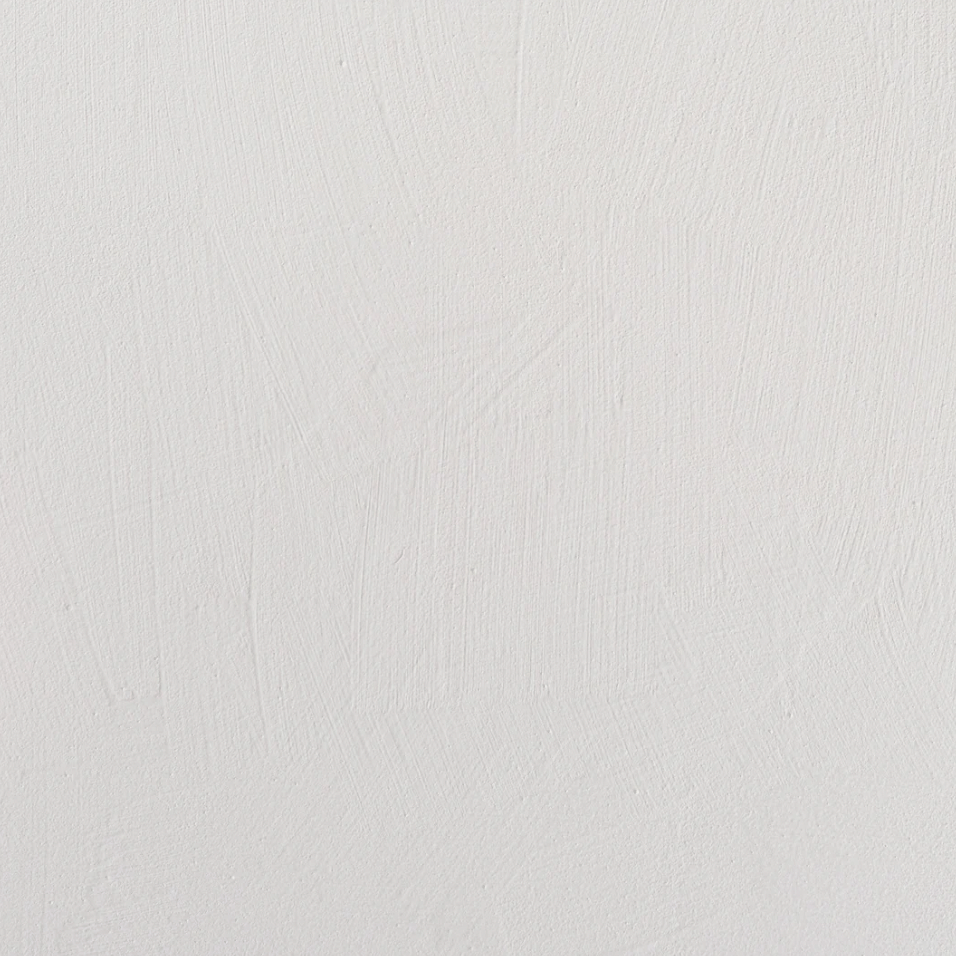- Shane V. Charles
- Posts
- Issue No. 62
Issue No. 62

ISSUE NO. 62
A November Issue

Photography by Alex Lesage
Reality is everyone’s personal edit. Each person crops, colors, and rewrites the world through memory, bias, language, and emotion. There’s no untouched version of life, just the version playing in your own head.
This idea sits between idealism and phenomenology. Idealism says reality only exists as it’s experienced—the world is mind. Phenomenology argues that we can never know things as they truly are, only how they appear to us through perception. Everything you see, hear, or think is filtered through the machinery of your own interpretation.
ARCHITECTURALLY CURIOUS
The Cut & The Curtain

Photography by ACT Studio
This environment feels like entering a scene mid-sentence—unfinished yet intentional. The plaster walls, hand-troweled and irregular, hold the tactility of process, where every ridge and indentation documents the making. Their surface reads less as finish and more as narrative—like-for-like restoration of craft through imperfection.
A single pendant, suspended from a brass drop cord, diffuses fractured light across lime-rendered surfaces. Nearby, a tie-dyed linen curtain softens the enclosure, acting as a textile partition rather than ornament. Every gesture here is controlled through reduction: material honesty replaces adornment, texture performs where color withdraws, and silence becomes the architecture’s most articulate form of expression.

Photography by ACT Studio
Architecturally restrained
This chamber carries weight—concrete, iron, and timber layered in quiet dialogue. Structure and surface are one and the same: the exposed beams, tie rods, and cross-bracing read like a drawing in three dimensions, where steel frames delineate volume rather than enclosure.
The dark-stained oak underfoot tempers the austerity, grounding the space in a tactile warmth that offsets the mineral coolness of the concrete shell. Every connection—the welded joint, the rough edge, the chamfered reveal—speaks to an architecture that values precision over polish, restraint over decoration.

Photography by ACT Studio
Exposed
Light filters through gaps in the ceiling slab, grazing surfaces that bear the scars of making—oxidized steel, weathered timber, and cast concrete with air-pocket blemishes left intentionally visible. What would be concealed in another space is treated here as artifact: the exposed conduits, the hemp-bound column, the rough-sawn edges.
The composition feels almost sartorial, like the inside lining of a garment turned outward to reveal its stitching. It’s an environment that trades perfection for presence, where the act of revealing becomes its own form of beauty and the void between materials becomes the most expressive line of all.
GLOBAL GLIMPSE
’era of copy—paste

Photography by Alex Lesage
The first impression is cinematic—walnut-paneled walls climb toward a coffered ceiling that filters light like a woven lattice. Every joint and grain feels measured, transforming structure into atmosphere. Deep rust-toned seating interrupts the geometry just enough to humanize it. The effect is steady and composed, the kind of spatial clarity that makes you exhale without realizing it.

Photography by Alex Lesage
Familiar
Across interiors right now, this palette—walnut, olive tile, and muted metal—is quietly becoming the shorthand for refinement. It’s not about nostalgia, but about slowing the visual noise. The curved island softens the grid, while the lighting plays off each surface rather than overpowering it. Everything is built with intent, but none of it begs for attention; it simply asks you to notice.

Photography by Alex Lesage
And Lived In
In the more private corners, continuity replaces contrast—walnut folds into glazed tile, light bends at each edge, and texture carries the rhythm. These moves are surfacing everywhere: replacing flash with proportion, polish with craft. It’s a calm that comes from control. Spaces like this remind us that precision can feel human when it’s done with care.
VISUAL COMFORT
Still Life in Dialogue
There’s a gravity to this arrangement—a table thick with age, each ceramic vessel holding its own quiet rhythm. Glazed surfaces catch the dim light unevenly, revealing the human touch behind their making. The composition feels painterly, with muted ochres and ash tones echoing the portrait above—both anchored by the deep frame of the hearth. What’s striking isn’t symmetry but sensitivity: how clay, canvas, and wood all seem to share the same pulse.
In the kitchen, the light does most of the talking. It drifts across tile, steel, and ceramic, softening the discipline of the space. A single stool sits beneath framed abstraction—a pause in the architecture’s rhythm. Each pot on the sill catches the glow differently, as though time were being recorded in glaze. The scene feels domestic but not staged; it’s the poetry of function meeting memory, where the handmade becomes a form of architecture itself.
MUSICAL INTERLUDE
What I'm Listening to in November
The unsettling part is how little overlap there is between those filters. Two people can share the same room or event and still live inside different realities. Neither is wrong; reality itself might just be a negotiation between private hallucinations that align just enough to keep the world running.
Perception, then, is the act of building an illusion convincing enough to live in—I’ll see you next week, my friend.
Warmly,
/shane


